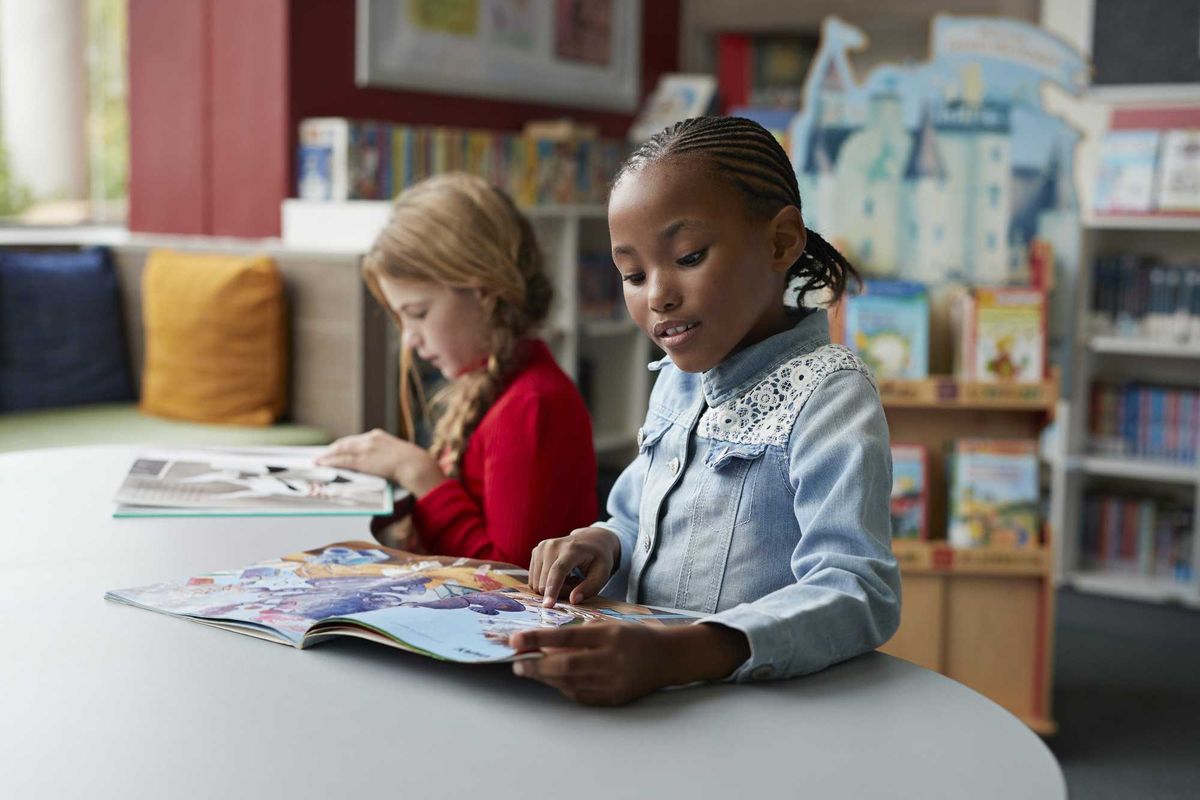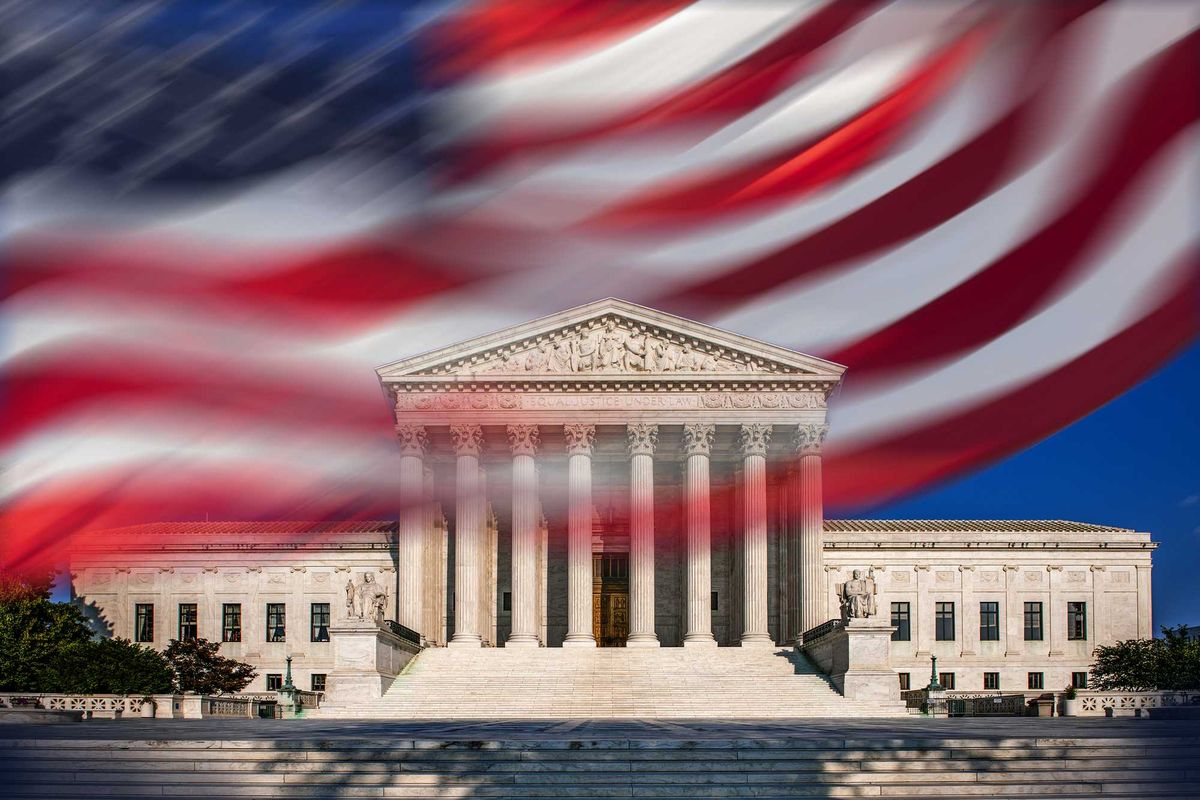Goldstone is the author of the forthcoming "Not White Enough: The Long Shameful Road to Japanese American Internment."
Recently, in an election of national significance, a Donald Trump-backed candidate was easily bested in his quest to lead the Michigan Republican Party, a state considered pivotal for control of both the Senate and the presidency in 2024. Trump’s choice for the post, Matthew DePerno, had all the qualifications to gain the coveted support of the Man of Mar a Lago—he insisted that the 2020 election was rigged, took hard right positions on every social issue, and has been accused of participating in “a potentially criminal plot to seize and tamper with voting machines used in the 2020 election.” DePerno was coming off a nine-point loss in the election for state attorney general, and his subsequent 58-42 intra-party thrashing might have seemed a humiliating defeat for the former president, except for one minor wrinkle.
DePerno was beaten by someone more ultra-right than he is.
The winner, Kristina Karamo, makes DePerno appear almost moderate. Unlike DePerno, who formally conceded to his Democratic opponent, Karamo refused to concede in her race for Michigan secretary of state, even after she lost by fourteen points. She claimed without evidence to have personally witnessed voter fraud, describes abortion as “child sacrifice…a satanic practice,” that “eternal damnation” awaits anyone having sex outside of a heterosexual marriage, and has “connected Satan to everything from yoga to Beyoncé to churches that hang rainbow flags.”
Although many pundits saw Karamo’s victory as a debacle for Republicans—trounced statewide in 2022 because the party had become too extreme—the real damage was to a vibrant two-party system, which is the backbone of American democracy.
As opposed to a multiparty system, as exists in, say, Israel, in which voters have a number of alternatives to find candidates that are most aligned with their views, a two-party system forces voters to choose between only two ideologies. For two-party democracy to work, it requires that each party, regardless of how noxious its views may appear to the other, to at least be committed to basic shared ideals. When they are not, the emphasis in elections shifts from policy to survival.
Unfortunately, the Constitution was not written with a two-party system in mind, which has added to the risks engendered by today’s far right. When the delegates met in Philadelphia in May 1787 to draft the Constitution, most believed the United States would consist of any number of local, state, and regional interest groups, necessitating compromise and producing coalitions that would work to limit centralized authority. That suited most of the delegates just fine, since one of their main goals was to avoid despotic rule.
But they did not want rule by the masses either and so rejected the popular election of the president, although no other method could garner the requisite support. As a result, the United States was saddled with the Electoral College, a system that has shown itself particularly vulnerable to the anti-democratic thrusts advocated by Karamo and so many of her fellow Republicans.
The Electoral College was no one’s first choice—it was hastily tacked on to Article II only two weeks before the four-month Constitutional Convention ended because nothing else had worked. As James Madison later noted, “It was not exempt from a degree of the hurrying influence produced by fatigue and impatience in all such Bodies.”
Written in such haste and fatigue, the Electoral College suffered from serious flaws and faulty assumptions. The plan was for states to choose presidential electors “in such Manner as the Legislature thereof may direct,” leaving states to choose between election by the people or by the legislature itself. The electors, envisioned to be among the state’s elite, would then “meet in their respective States, and vote by Ballot for two Persons, of whom one at least shall not be an Inhabitant of the same State with themselves.” Not only were the electors not required to cast their votes for pre-determined candidates—they were not expected to.
The lists would then be transmitted to Congress, totals tabulated, and the person with the most votes would be president and the runner-up vice president. If no one got a majority, the election would be thrown into the House of Representatives, who would choose, voting by state, among the top five finishers. Given the expanse of the country and the probability of a long list of candidates, that was, after George Washington’s inevitable election, considered to be a frequent outcome.
It was not.
In fact, only twice was the House of Representatives called on to choose the winner, and in the first of those, the nation narrowly avoided disaster. In the election of 1800, Aaron Burr, Jefferson’s vice-presidential candidate, came with a whisker of being named president rather than Jefferson himself. They had tied with seventy-three electoral votes each, and it took thirty-six ballots in the House of Representatives for Jefferson to prevail.
The near catastrophe was not unexpected. The wording of the Electoral College clause was so vague and so filled with gaps that in 1789, Alexander Hamilton had written to a friend in terror that, with no distinction between president and vice-president, John Adams might get the top spot instead of Washington. As he put it, “Everybody is aware of that defect in the constitution which renders it possible that the man intended for Vice President may in fact turn up President. What in this situation is wise?”
To avoid a repetition, the Twelfth Amendment was tacked on to the Constitution in 1804, requiring electors to cast separate ballots for the two offices.
After Jefferson’s win over Burr, the House of Representatives settled only one other election, choosing John Quincy Adams over Andrew Jackson in 1824, even though Jackson had a plurality in both the popular and electoral vote. Jackson decried the result as a “corrupt bargain,” and spent the next three years putting together a campaign that carried him to victory in 1828. But the rift in a nation cleaved in two by slavery was deep and abiding, leading eventually to civil war.
Since then, the nation has struggled with the jerry-built and awkward Electoral College to prevent the erosion of democratic norms, almost failing in 1876, when the election of Rutherford B. Hayes over Samuel Tilden nearly ignited a second civil war.
Recently, the Electoral College has heightened the threat to two-party democracy by putting two men into the White House who lost the popular vote—George W. Bush in 2000 and Donald Trump in 2016—and coming within forty thousand votes of giving Trump a second term despite his gaining seven million votes less than Joe Biden.
With the survival of the American experiment hardly a certainty, a vibrant two-party system where each embraces the principles of democratic government is crucial. Kristina Karamo and her ilk are unlikely to help.




















